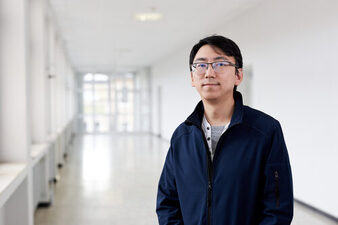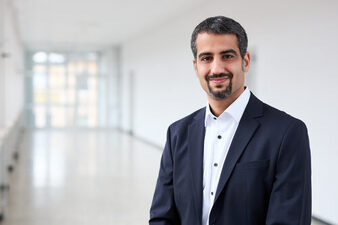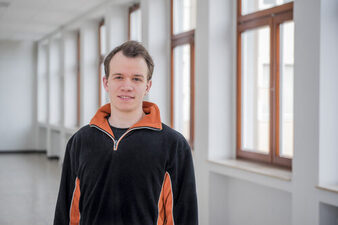Profile
The Robotic Vision Lab the focus is on innovative imaging procedures and robotic systems. The spectrum ranges from measuring 3D endoscopes and hyperspectral camera technologies for medical diagnostics to robotic platforms such as manipulators and drones.
Measurement in endoscopy
A central research topic is the development of measuring functions in endoscopy. One specific model case is minimally invasive surgery for endometriosis - a complex and often underdiagnosed gynecological disease in which the mucous membrane grows outside the uterus and which affects around one in six women of childbearing age. In future, a measuring endoscope will be used to determine the exact size of endometriosis lesions in order to support treatment decisions more objectively. The methods can then be systematically transferred to other cases of the disease.
The team is also working on hyperspectral image sensors that can assign a spectral "fingerprint" to each tissue area. This technology thus opens up the possibility of precisely identifying pathological tissue (such as endometriosis or tumours) intraoperatively and reliably differentiating it from healthy tissue - even in the case of lesions that are difficult to localize.
Intelligent robotic systems
In addition to medical technology, the laboratory also researches robotic systems. This involves not only the construction of robotic prototypes, but also, for example, the development of camera sensors and (mostly AI-supported) image processing methods that enable robots to precisely perceive their environment - from object recognition and spatial localization to autonomous navigation in complex scenarios. Typical fields of application range from inspection drones that analyze areas that are difficult to access to manipulators that can be used flexibly in industrial or service environments. The laboratory also addresses medical robotics in particular, such as robot-assisted systems for minimally invasive surgery. With robotically guided instruments in combination with innovative camera sensors, these open up new possibilities for performing operations even more precisely, gently and safely. This closes the circle through robotics back to medical technology.
Equipment
- Mobile robot platforms (ground vehicles, flying drones)
- 3 industrial robots and XY linear unit
- 5 collaborative robots incl. stereo vision system
- Servo gripper technology and force-torque sensors
- Medical 3D endoscope and laparoscopic instruments
- Hyperspectral image sensors for VIS/NIR
- LED illumination systems and filter technology for UV/VIS/NIR
- Camera systems (USB, GigE, embedded ARM/DSP, 3D cameras)
- Processor boards with multicore DSPs for sophisticated signal processing
- Real-time PC targets with NI measurement hardware for model-based development
- Vision workstations with image acquisition hardware and 3D displays




